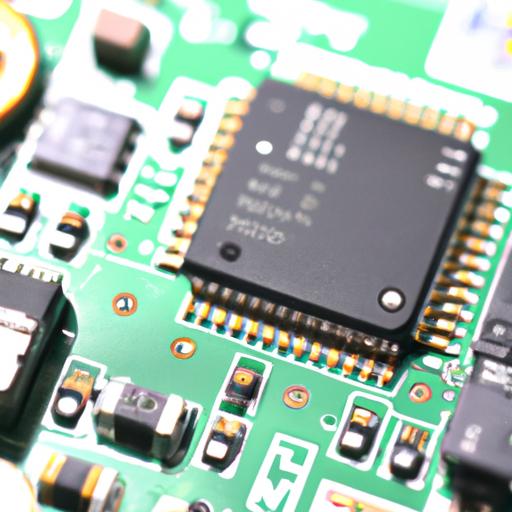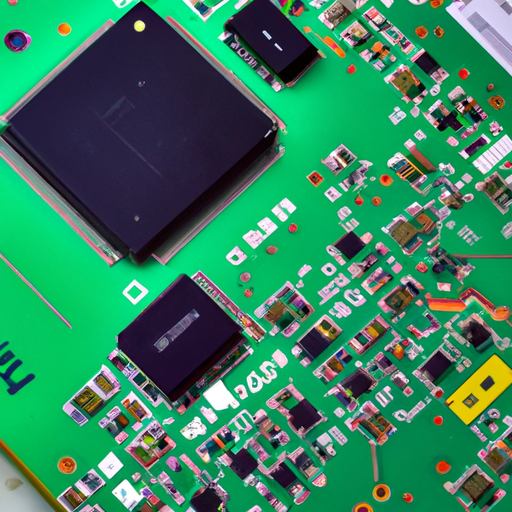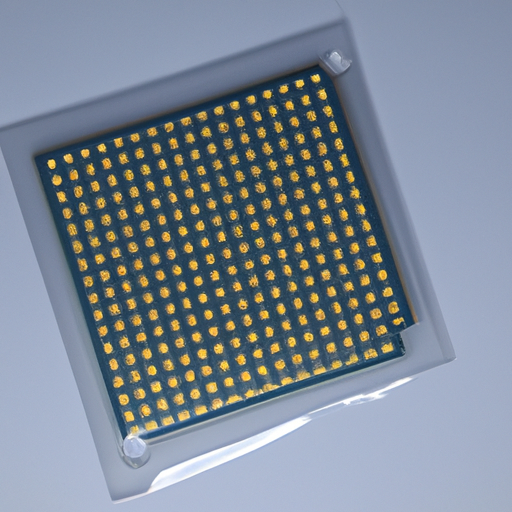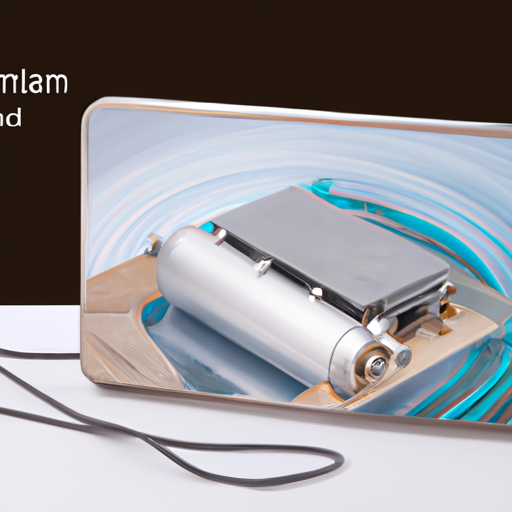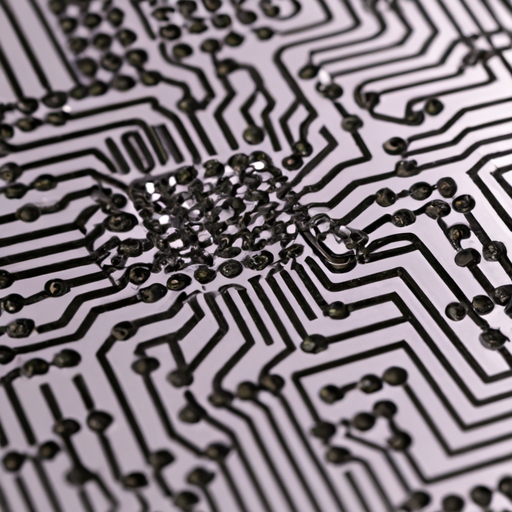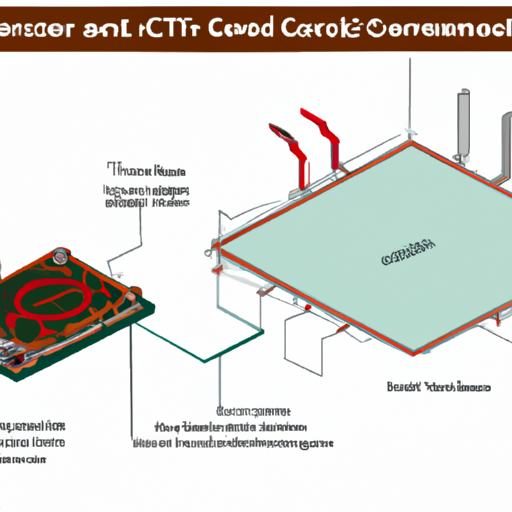What are the advantages of integrated circuit technology products?
The Advantages of Integrated Circuit Technology Products
I. Introduction
Integrated Circuit (IC) technology has revolutionized the world of electronics, enabling the development of compact, efficient, and powerful devices that have become integral to our daily lives. An integrated circuit is a set of electronic circuits on a small flat piece (or "chip") of semiconductor material, typically silicon. This technology has evolved significantly since its inception in the late 1950s, transitioning from simple circuits to complex systems that power everything from smartphones to advanced computing systems. The importance of IC technology in modern electronics cannot be overstated, as it underpins the functionality and performance of virtually all electronic devices today.
II. Miniaturization and Size Reduction
One of the most significant advantages of integrated circuit technology is miniaturization. The ability to pack thousands, or even millions, of transistors onto a single chip has led to a dramatic reduction in the size of electronic components. This miniaturization has made it possible to create smaller, more portable devices that fit seamlessly into our lives.
For instance, consider the evolution of smartphones. Early mobile phones were bulky and limited in functionality, but advancements in IC technology have allowed for the creation of sleek, multifunctional devices that fit in the palm of our hands. Wearable technology, such as smartwatches and fitness trackers, also benefits from this miniaturization, enabling users to monitor their health and stay connected without the need for larger devices.
III. Cost Efficiency
Cost efficiency is another critical advantage of integrated circuit technology. The manufacturing process for ICs has become increasingly streamlined, leading to a significant reduction in production costs. As the technology has matured, economies of scale have come into play, allowing manufacturers to produce ICs in large quantities at lower costs.
This reduction in manufacturing expenses translates to long-term cost savings for both consumers and manufacturers. For example, the widespread adoption of ICs in consumer electronics has driven down prices for devices like televisions, computers, and smartphones, making them more accessible to a broader audience. As a result, consumers benefit from high-quality products at lower prices, while manufacturers enjoy increased profit margins.
IV. Enhanced Performance
Integrated circuits offer enhanced performance compared to traditional discrete components. The compact nature of ICs allows for faster signal transmission and processing speeds, which is crucial in today’s fast-paced digital world. The integration of multiple functions into a single chip reduces the distance that signals must travel, minimizing latency and improving overall efficiency.
When comparing ICs to discrete components, the advantages become clear. Discrete components require more space, leading to larger circuit boards and increased complexity in design. In contrast, ICs simplify the design process and enhance performance, making them ideal for high-performance applications such as computing and telecommunications. For instance, modern processors, which are essentially complex ICs, can perform billions of calculations per second, enabling advanced computing tasks and real-time data processing.
V. Reliability and Durability
Reliability is a crucial factor in the performance of electronic devices, and integrated circuits excel in this area. ICs are designed to be more reliable than traditional components, with lower failure rates and improved resistance to environmental factors such as temperature and humidity.
The encapsulation of ICs protects them from external elements, contributing to their longevity. This durability is particularly important in applications where devices are exposed to harsh conditions, such as automotive electronics or industrial machinery. As a result, manufacturers can produce devices that require less frequent maintenance and replacement, ultimately benefiting consumers and businesses alike.
VI. Integration and Functionality
The ability to integrate multiple functions into a single chip is one of the most transformative aspects of integrated circuit technology. This integration allows for the creation of multifunctional ICs, such as microcontrollers and system-on-chip (SoC) designs, which combine various components and functionalities into one compact unit.
The impact of this integration on design flexibility and innovation cannot be overstated. Engineers can develop more complex and capable devices without the need for extensive circuit boards filled with discrete components. This has led to the rapid advancement of technology in various fields, including consumer electronics, automotive systems, and medical devices. For example, modern smartphones utilize SoCs that integrate processing power, graphics, memory, and connectivity features, all on a single chip, enabling a wide range of functionalities in a compact form factor.
VII. Energy Efficiency
Energy efficiency is a growing concern in today’s technology-driven world, and integrated circuits play a vital role in addressing this issue. ICs are designed to consume less power than traditional components, which is essential for extending battery life in portable devices and reducing energy consumption in larger systems.
The importance of energy efficiency is evident in various applications, from mobile devices to large data centers. For instance, energy-efficient ICs are crucial in the development of LED lighting, which consumes significantly less power than traditional incandescent bulbs. Additionally, advancements in IC technology have led to the creation of low-power processors that enable devices to operate longer on a single charge, enhancing user experience and reducing environmental impact.
VIII. Scalability and Versatility
Integrated circuit technology is highly scalable, making it suitable for a wide range of applications across various industries. From consumer electronics to automotive systems and healthcare devices, ICs can be tailored to meet the specific needs of different sectors.
The versatility of IC technology allows for continuous innovation and adaptation to emerging trends. For example, the rise of the Internet of Things (IoT) has driven demand for small, low-power ICs that can be embedded in everyday objects, enabling connectivity and data exchange. As technology continues to evolve, the potential applications for integrated circuits are virtually limitless, paving the way for advancements in smart cities, autonomous vehicles, and beyond.
IX. Impact on Society and Economy
The impact of integrated circuit technology extends beyond the realm of electronics; it plays a crucial role in driving technological advancement and economic growth. The widespread adoption of ICs has led to the creation of new industries and job opportunities, contributing to the global economy.
Moreover, IC technology has transformed everyday life, enhancing global connectivity and communication. The ability to connect devices and share information instantaneously has changed how we interact, work, and live. From social media to telemedicine, the influence of integrated circuits is evident in nearly every aspect of modern society.
X. Conclusion
In summary, integrated circuit technology products offer numerous advantages, including miniaturization, cost efficiency, enhanced performance, reliability, integration, energy efficiency, scalability, and versatility. As we look to the future, the relevance of IC technology will only continue to grow, driving innovation and shaping the landscape of electronics.
The ongoing advancements in integrated circuit technology promise to unlock new possibilities and applications, further enhancing our lives and the world around us. As we embrace this technology, it is essential to recognize its profound impact on society and the economy, as well as its potential to shape the future of electronics for generations to come. Integrated circuits are not just components; they are the backbone of modern technology, and their continued evolution will undoubtedly play a pivotal role in the future of innovation.

